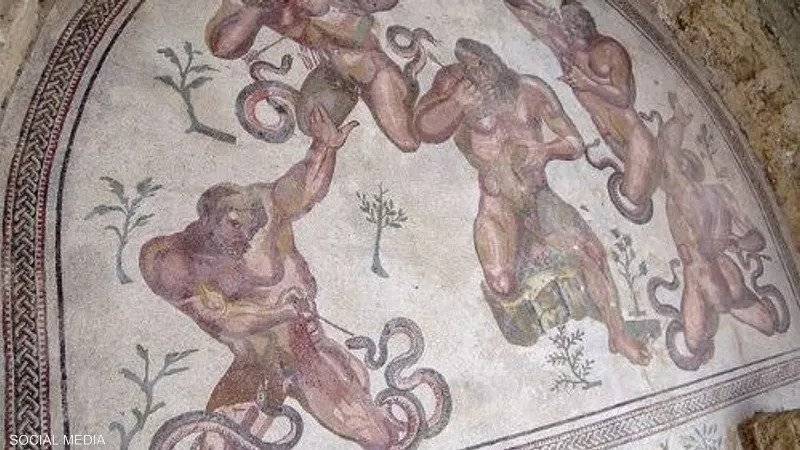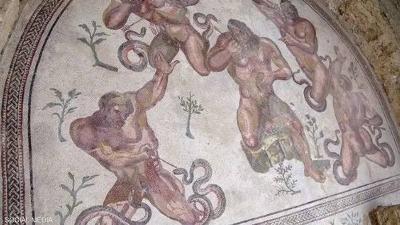Prominent academics in France and Britain have accused U.S. authorities of returning fake artifacts to Lebanon. According to the British newspaper "The Guardian," Jamila Villaggio from the University of Grenoble stated that 8 out of 9 mosaic panels recently returned by U.S. authorities to Lebanon "were fake." She added, "It is easy to detect the forgery, as the forgers tried to imitate famous mosaic designs," explaining, "They attempted to replicate the original mosaic designs found in Sicily, Tunisia, Algeria, and Turkey."
She specifically mentioned a panel depicting "the angry giant," which she believes is inspired by the famous mosaic at the Villa Romana del Casale in Sicily, Italy, a UNESCO World Heritage site. She discovered that the forged mosaics of Neptune and Amphitrite were modeled after a principal mosaic found in the city of Constantine, Algeria, which has been housed in the Louvre Museum in Paris since the mid-19th century.
Among the other mosaics returned to Lebanon, Villaggio stated that "only one example was inspired by a real mosaic from Lebanon, which is a famous image of the Roman god Bacchus in the National Museum of Beirut." Christos Tsirogiannis, a visiting lecturer at Cambridge University and a prominent expert in the study of artifact theft and trafficking, believes that the evidence cannot be disputed.




